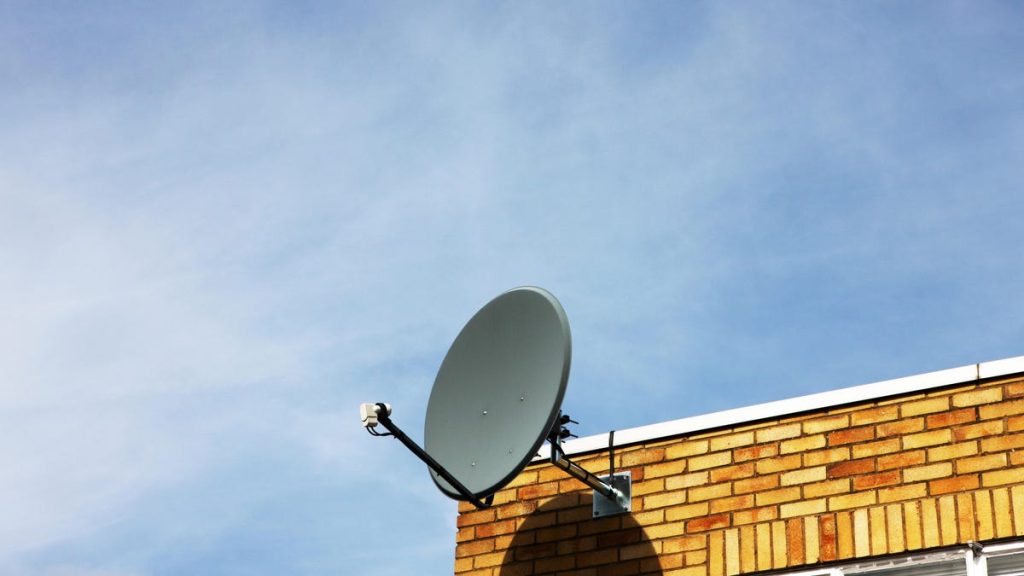Hughesnet and Dish TV, both owned by EchoStar, have recently launched new internet and TV bundles for rural customers, offering savings of $10 per month on any combination chosen. However, there are limitations to consider with Hughesnet, including a monthly data cap of only 100-200GB, after which speeds may be reduced during high-traffic periods. Additionally, there are equipment rental fees, installation costs, and a price increase after the first year, along with a two-year contract with early termination fees. The three Hughesnet plans available vary in speed, latency, and priority data allocation.
When factoring in the bundle savings, customers have the option to combine Dish TV plans with Hughesnet internet plans at various price points. Removing local channels from Dish packages can also save $12 per month, although these channels can be obtained for free with a TV antenna in rural areas. It is recommended to consider satellite internet or TV bundles only as a last resort for those living in rural areas without access to other options. Satellite services are typically preferred when cable, fiber, fixed wireless, and DSL are not available. Starlink, although offering faster speeds and unlimited data, comes with a higher upfront equipment cost and monthly plan rate compared to Hughesnet and Dish bundles.
While Starlink may be a more robust option with faster speeds and unlimited data, its higher costs may not be justifiable for some customers. Other satellite internet providers like Viasat do not offer bundling discounts similar to Hughesnet and Dish, making it more expensive to combine TV services with their internet plans. Viasat’s internet-only prices start at $100 per month for speeds ranging from 25 to 150Mbps, making it difficult to add TV services for a lower cost compared to the Hughesnet and Dish bundles. Ultimately, for rural customers in need of satellite internet and TV services, the Hughesnet and Dish bundles offer a competitive and potentially cost-effective option.


